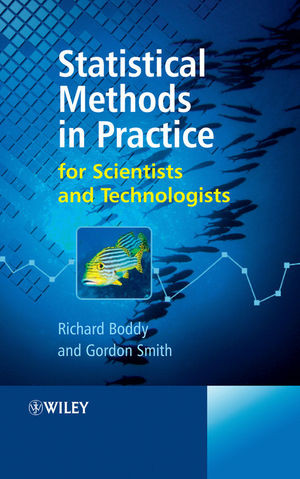

Most ebook files are in PDF format, so you can easily read them using various software such as Foxit Reader or directly on the Google Chrome browser.
Some ebook files are released by publishers in other formats such as .awz, .mobi, .epub, .fb2, etc. You may need to install specific software to read these formats on mobile/PC, such as Calibre.
Please read the tutorial at this link: https://ebookbell.com/faq
We offer FREE conversion to the popular formats you request; however, this may take some time. Therefore, right after payment, please email us, and we will try to provide the service as quickly as possible.
For some exceptional file formats or broken links (if any), please refrain from opening any disputes. Instead, email us first, and we will try to assist within a maximum of 6 hours.
EbookBell Team

5.0
40 reviewsEach chapter features situations based on the authors’ experience and looks at statistical methods for analysing data and, where appropriate, discusses the assumptions of these methods.
Key features:
Scientists and technologists of all levels who are required to design, conduct and analyse experiments will find this book to be essential reading.
Content:
Chapter 1 Samples and Populations (pages 1–4):
Chapter 2 What is the True Mean? (pages 5–18):
Chapter 3 Exploratory Data Analysis (pages 19–28):
Chapter 4 Significance Testing (pages 29–39):
Chapter 5 The Normal Distribution (pages 41–52):
Chapter 6 Tolerance Intervals (pages 53–54):
Chapter 7 Outliers (pages 55–58):
Chapter 8 Significance Tests for Comparing Two Means (pages 59–69):
Chapter 9 Significance Tests for Comparing Paired Measurements (pages 71–81):
Chapter 10 Regression and Correlation (pages 83–100):
Chapter 11 The Binomial Distribution (pages 101–109):
Chapter 12 The Poisson Distribution (pages 111–119):
Chapter 13 The chi?Squared Test for Contingency Tables (pages 121–127):
Chapter 14 Non?Parametric Statistics (pages 129–138):
Chapter 15 Analysis of Variance: Components of Variability (pages 139–153):
Chapter 16 Cusum Analysis for Detecting Process Changes (pages 155–166):
Chapter 17 Rounding of Results (pages 167–171):